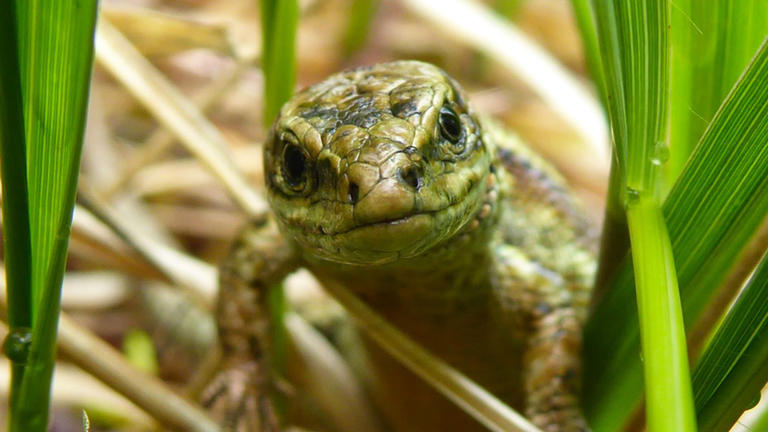New insight into how 'magical' lizards regrow tails could offer hope for arthritis sufferers






New insight into how 'magical' lizards regrow tails could offer hope for arthritis sufferers
A study into how lizards regenerate their tails could boost efforts to achieve similar results in human cartilage, researchers have said.

Writing in the Nature Communications journal, experts at the University of Southern California offered the first ever detailed description of how two cell types coordinate to help the reptiles get their appendage back.
Professor Thomas Lozito, one of the authors, said this "magical" ability to replace bone as the main structural tissue could provide insight for future studies into how to rebuild cartilage damaged by osteoarthritis.
The degenerative disease, which is the most common form of arthritis in the UK, causes swelling and tenderness in people's joints and has no cure.
Translating a lizard's rare regenerative abilities to humans may sound like a comic book origin story (spoiler: it is), but Prof Lozito said it could prove a "dream" for those who suffer the condition.
How could it possibly be done?
Lizards are among the only higher vertebrates capable of regenerating cartilage that does not turn to bone.
They are also the closest relative to mammals that can regrow an appendage with multiple tissue types.
Prof Lotizo's team determined cells called fibroblasts, which help build tissue, are the vital cell type that make up a lizard's almost exclusively cartilage-based new tail.
They also found the immune cell septoclast plays a key role in inhibiting scarring, allowing regeneration to happen.
That's one of the major differences between humans and lizards, as our tissue tends to scar - preventing regrowth.
Given what they learned, the team tested whether they could recreate the regenerative process in lizard limbs, which unlike tails do not grow back.
Septoclasts were extracted from tails and implanted into limbs, and successfully induced cartilage building.
Prof Lotizo added: "This represents an important step because we need to understand the process in great detail before we can try to recreate it in mammals."
The team now hopes to test whether they can induce cartilage building in mice using the same methods.
Story by Tom Acres, technology reporter : Sky News

 How to resolve AdBlock issue?
How to resolve AdBlock issue?